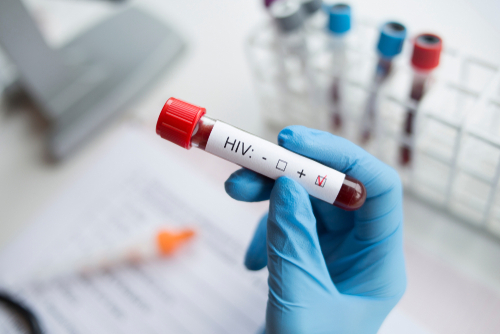
Tips for HIV prevention and treatment for LGBTIQ persons
When it comes to HIV prevention and treatment for LGBTIQ individuals, several best practices can help promote effective care and reduce transmission rates.
Here are some key recommendations:
Comprehensive Sexual Education: Implementing comprehensive sexual education programs that are inclusive of age appropriate diverse sexual orientations and gender identities is crucial. These programs should provide accurate information about HIV transmission, prevention methods, and harm reduction strategies. They should also address issues specific to the LGBTIQ community, such as the importance of regular HIV testing and the use of preventive measures like condoms and pre-exposure prophylaxis (PrEP).
Accessible and LGBTIQ-inclusive healthcare: Ensuring access to healthcare that is sensitive to the unique needs and experiences of LGBTIQ individuals is vital. Healthcare providers should receive training on LGBTIQ cultural competency, and healthcare facilities should have non-discriminatory policies in place. This includes creating safe spaces, respecting individuals’ chosen names and pronouns, and providing adequate sexual health services, including HIV testing and treatment.
Anti-stigma campaigns: Combating stigma and discrimination is crucial for effective HIV prevention and treatment. Anti-stigma campaigns should focus on raising awareness, challenging stereotypes, and promoting acceptance and understanding of diverse sexual orientations and gender identities. These campaigns can help reduce fear, encourage testing, and improve engagement in care.
Peer support and community engagement: Peer support and community engagement play a vital role in HIV prevention and treatment. Creating supportive networks and safe spaces where LGBTIQ individuals can share experiences, access information, and receive emotional support is essential. Community-based organizations can play a significant role in delivering targeted HIV prevention programs, counselling services, and linkage to care.
Intersectional approaches: Recognizing the intersectionality of identities and addressing the unique needs of individuals with multiple marginalised identities within the LGBTIQ community is crucial. HIV prevention and treatment strategies should consider the specific challenges faced by diverse populations and provide inclusive and equitable care.
By implementing these best practices, we can work towards reducing HIV transmission rates, improving access to care, and promoting the overall health and well-being of LGBTIQ individuals. It is important to approach HIV prevention and treatment in a holistic and inclusive manner that recognizes and respects the diversity within the LGBTIQ community.
What other HIV prevention and treatment tips for LGBTIQ persons do you know of? Share in the comments section.
